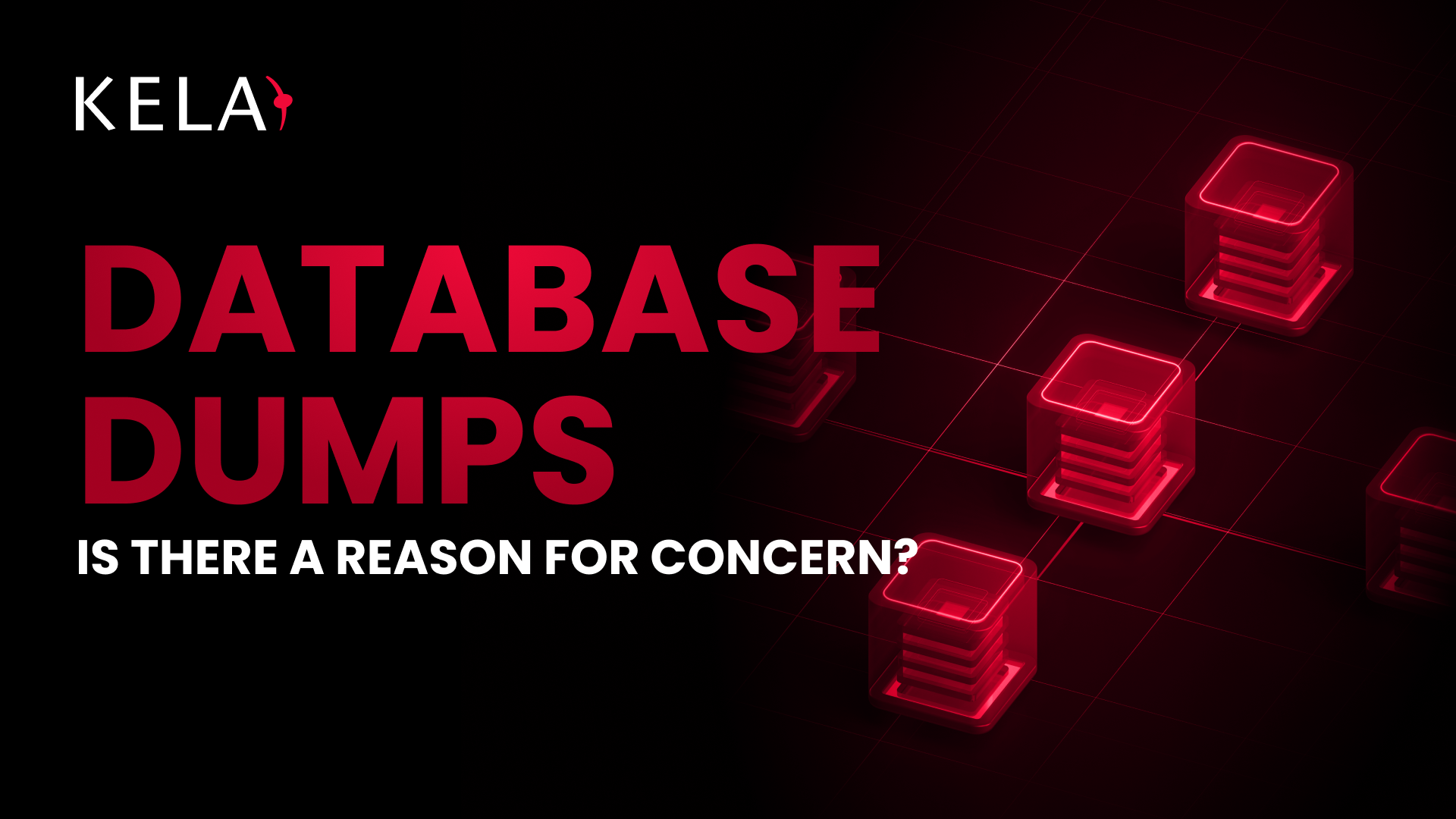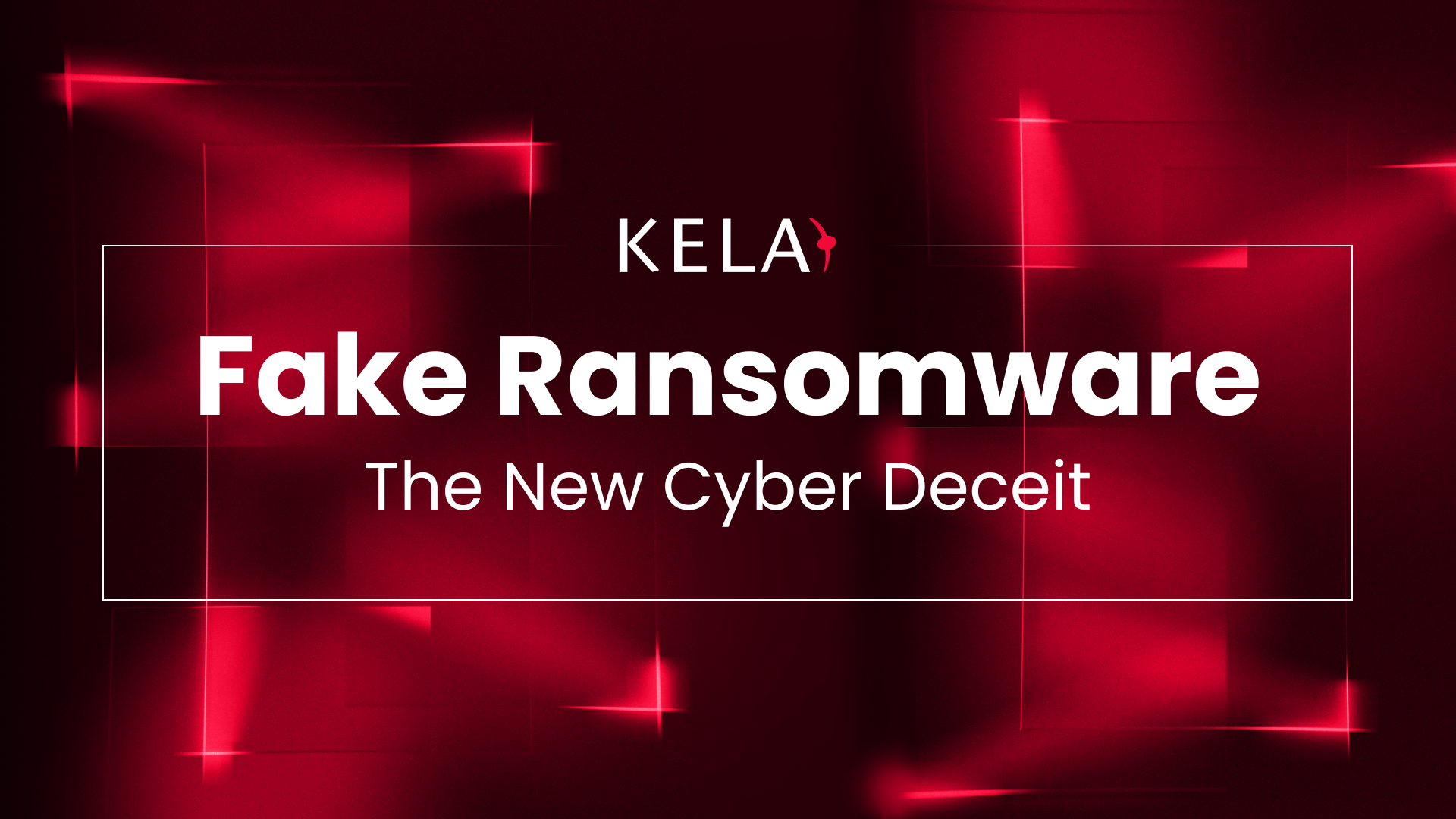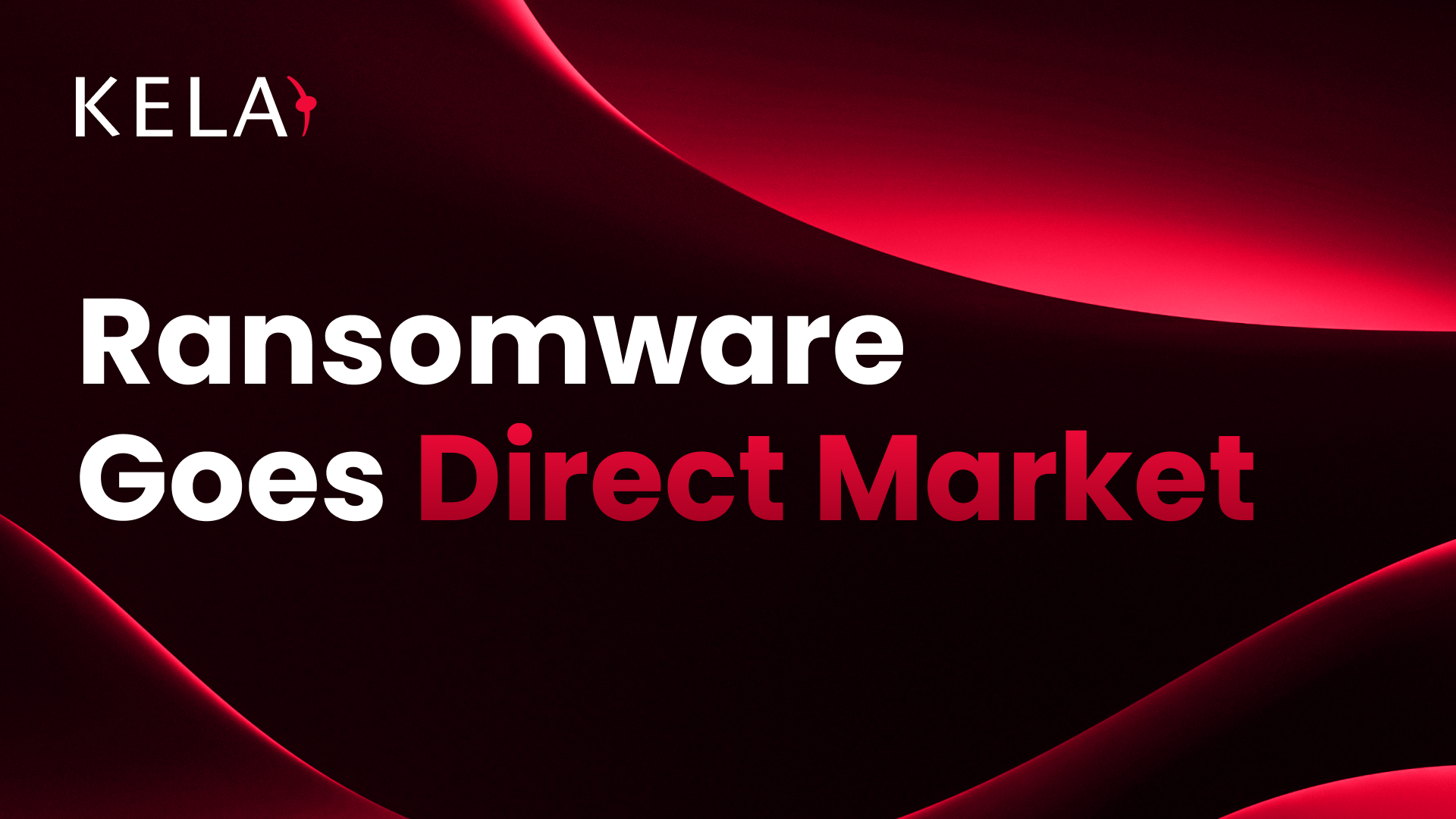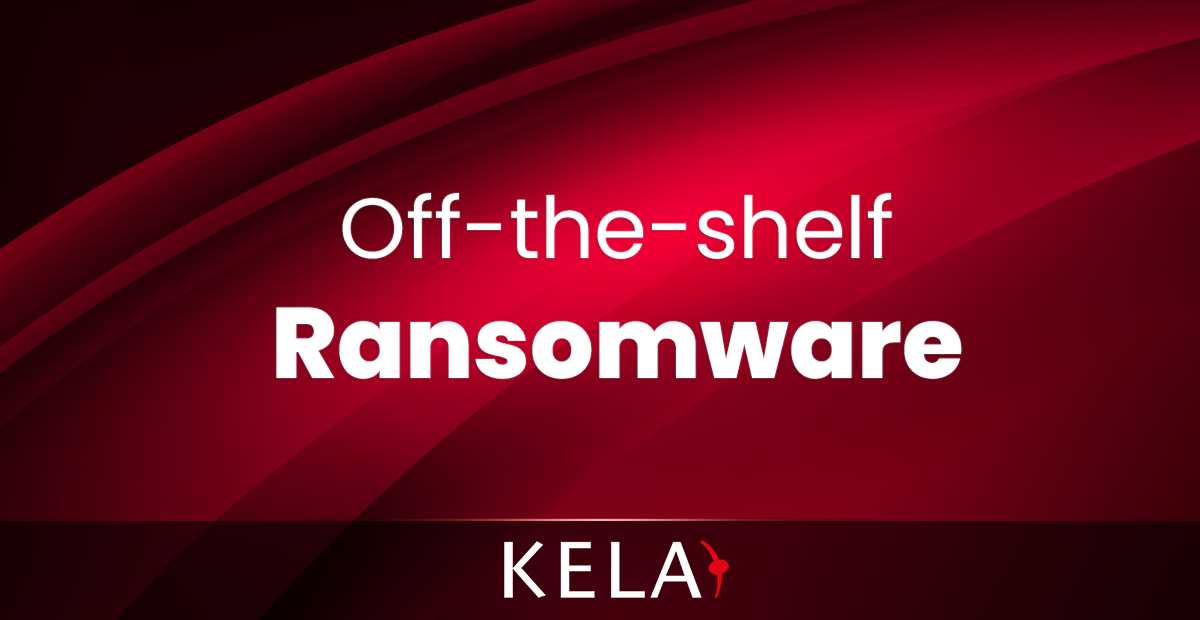
Sharing is Caring: Ransomware and Extortion Actors Increase Threat Levels through Cooperation
Intimidating victims is all part of the game when ransomware and extortion actors steal data and aim to grab a pay day from the potential leak by demanding a ransom in return for not publicizing their haul. At KELA, we’ve noticed that threat actors have started leveraging one another’s data to maximize the level of threat, and sometimes even collaborating to distribute stolen information more widely. Really warms the heart, eh?









